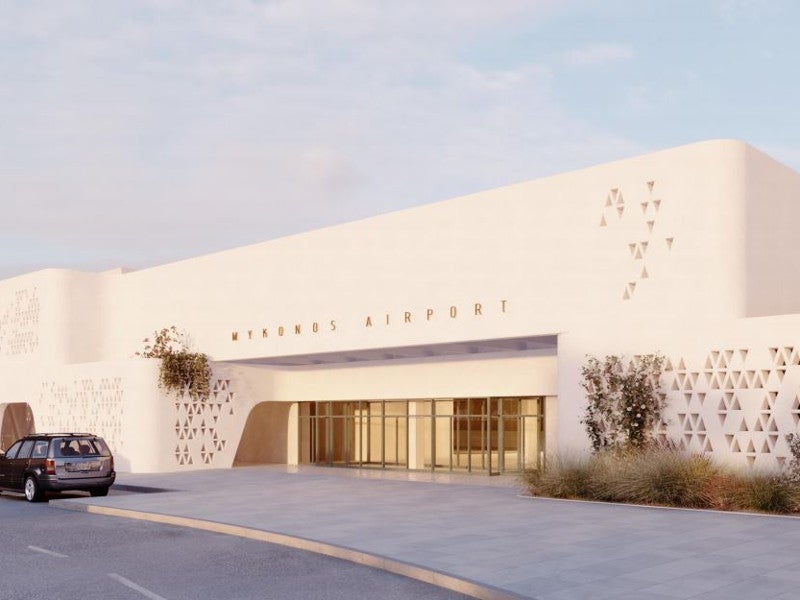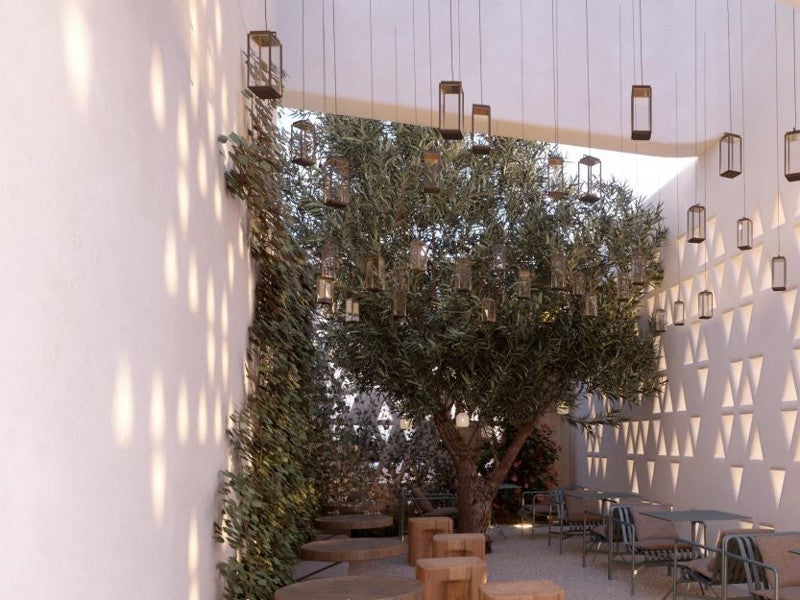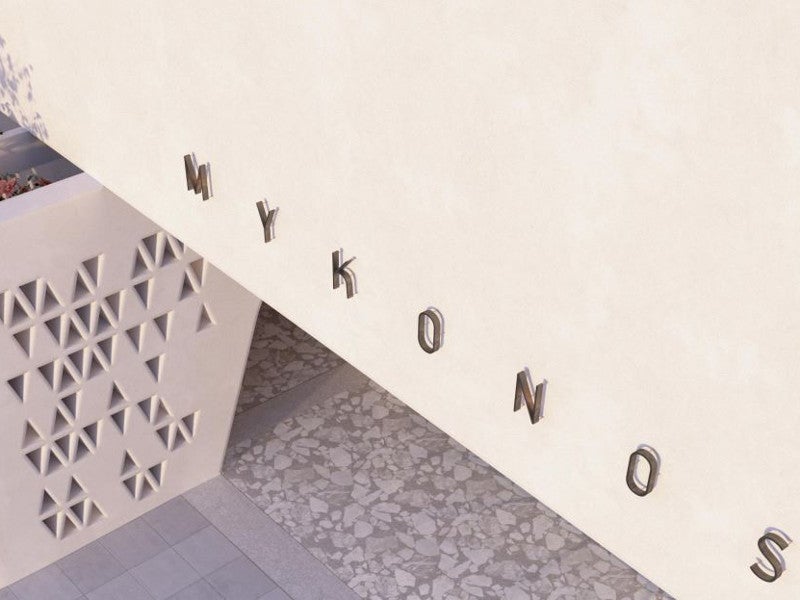Mykonos International Airport is located approximately 3.5km away from the city of Mykonos on Mykonos Island, a major tourist destination in Greece.
The airport, which served 1.39 million passengers and handled 17,278 aircraft movements in 2018, is undergoing a major refurbishment and expansion programme to accommodate the increasing passenger traffic and become one of the most modern airports in Greece.
Scheduled for completion in 2021, the €25m ($28.13m) project will also involve a new design for the facade of the airport, which will symbolise traditional Cycladic architecture for aesthetic appeal.
Operational since 1971, Mykonos airport underwent repeated expansions before its operatorship was transferred to Fraport Greece in April 2017.
Fraport Greece launched development works at the airport in October 2017 and unveiled the new design for the airport in June 2019.
Traffic growth at Mykonos International Airport
Mykonos airport handled 391,815 domestic passengers and 780,636 international passengers in the eight months ending August 2019, which represented a 4.3% increase in domestic passengers and a 12.2 % increase in international passengers compared to the same period in 2018.
The airport witnessed 9,992 international aircraft movements in 2018, compared to 7,992 movements in 2017.
Mykonos airport redevelopment background
Fraport Greece, a joint venture of Frankfurt-based airport operator Fraport (73.4%) and Greece-based Copelouzos Group (26.6%), signed a 40-year concession contract with the Greek state-owned Hellenic Republic Asset Development Fund (HRADF), to operate, manage, develop, and maintain 14 Greek regional airports, including Mykonos International Airport, in December 2015.
Fraport Greece paid an upfront concession fee of €1.23bn ($1.35bn) to HRADF and started managing the airports in April 2017.
The Marguerite Fund, the 2020 European Fund for Energy, Climate Change and Infrastructure, bought 10% stake in Fraport Greece from the Copelouzos Group in December 2017.
Mykonos International Airport expansion details
The passenger terminal of the airport is being expanded to increase its size by 50% to 13,350m², with the construction of a new terminal area.
The project also involves reorganisation of the apron, in addition to increasing the number of check-in counters from 12 to 16, departure gates from six to seven, and security-check lanes from four to five.
A new two-storey fire station with international safety standards is also being built, which is expected to become operational by the end of 2019.
The existing airport building will also be extended by 2,000m² towards the northern side to host the new arrivals area.
Modernisation of the airport involves refurbishment of all spaces to enhance the visitor experience. Two new VIP lounges and new retail and food and beverage areas will be created and a new automated luggage handling system will be installed.
The entire kerbside area will be redesigned and the existing sanitary facilities will be completely refurbished.
The entire pre-existing surface of the airport’s runway was replaced with a new layer of high-strength asphalt along with necessary markings in compliance with the new European Union Aviation Safety Agency (EASA) certification requirements, in 2017.
The reconstructed runway is expected to withstand the projected traffic for the next 20 years.
Details of the new architectural design
Mykonos Airport’s new design is inspired by the Aegean pigeon houses that characterise the traditional architectural styles of the Cyclades, a group of islands in the Aegean Sea.
Mykonos forms part of the Cyclades group of islands.
Contractors involved
Intrakat, a construction company based in Greece, was awarded the engineering, planning and construction contract for the Mykonos airport modernisation project in March 2017.
Ammann was subcontracted by Intrakat for providing the asphalt-mixture for the project.
K-Studio, an architecture firm based in Greece, provided the new design for the airport, in collaboration with the consulting firm Betaplan.






